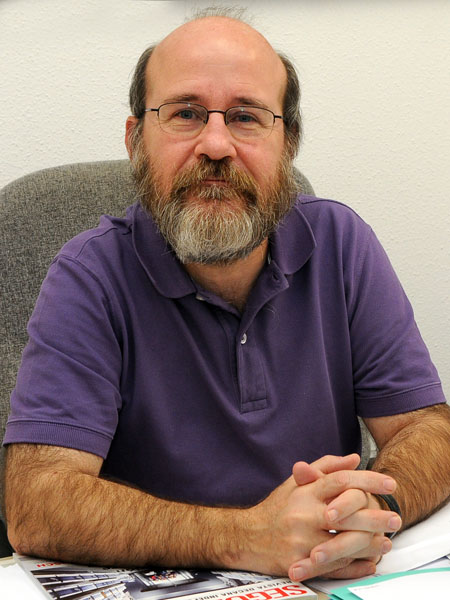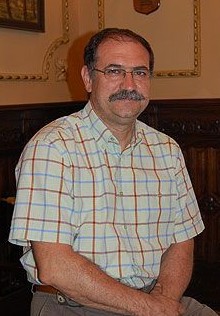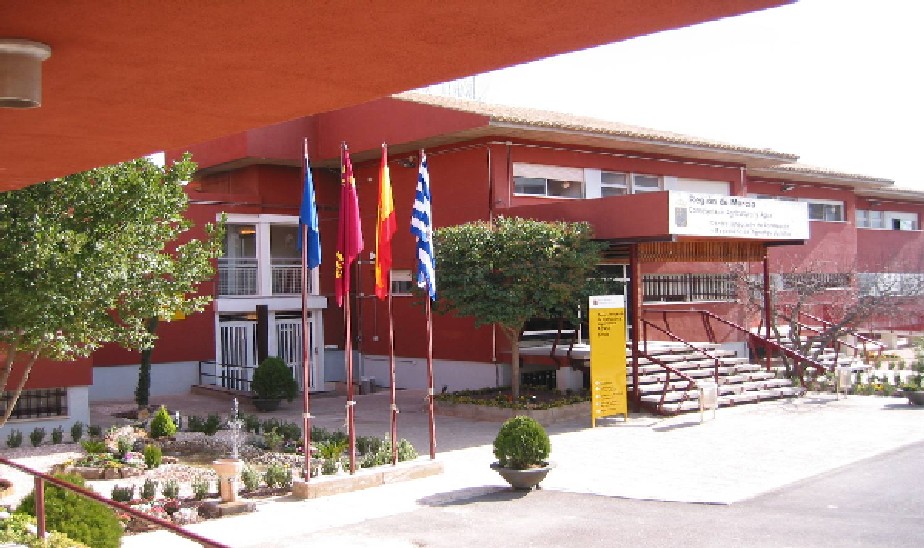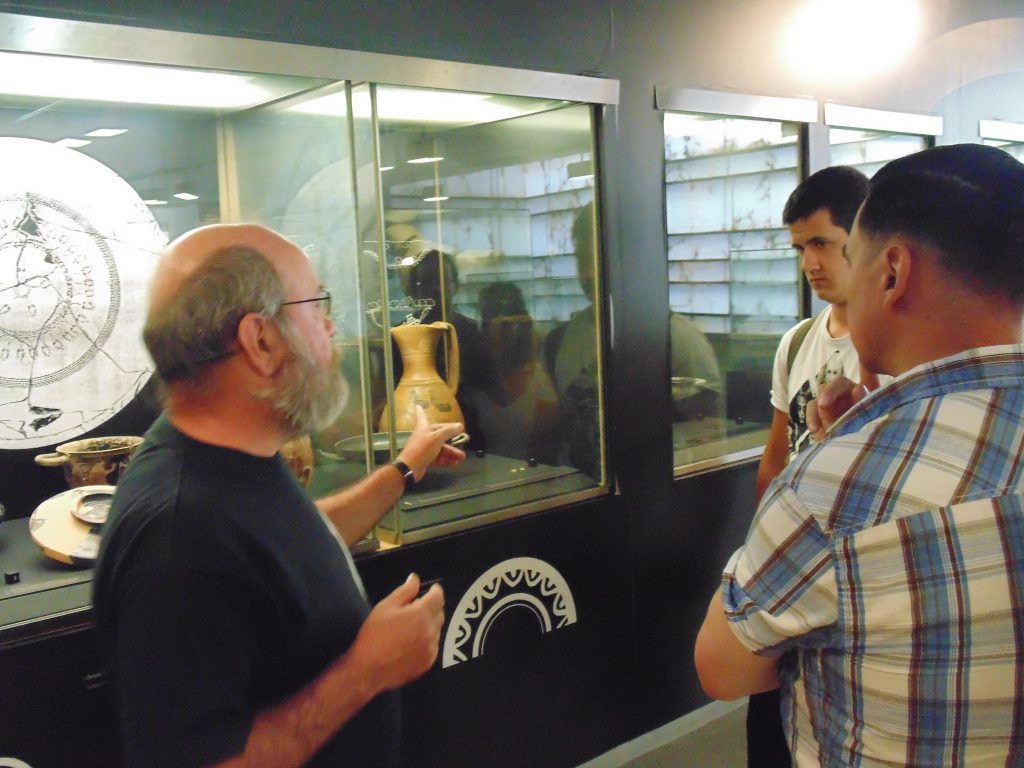Course |
Excavation |
Accommodations |
Dates & Fees |
Team |
Free Time |
Seminars |
How to Apply |
Official web |
|
Course
This course is aimed at students and people interested in restoration in archaeology who wish to participate with us in this archaelogical course at the site of Coimbra, located 2 km South of Jumilla in Murcia (Spain), will be able to study first hand the classic Iberian town and necropolis in the Iberic period.
The Iberian village of Coimbra del Barranco Ancho in Jumilla is located at 38 ° 26’9 «North latitude and 2 ° 21’40» East longitude, according to the sheet n ° 869 «Jumilla» of Catastral Geographic Institute at 1: 50,000, to 4.5 km. South-Southeast of the town of Jumilla, in the Northern foothills of the Sierra de Santa Ana.
From Jumilla it is accessed by the county road 344 to Cieza. A little over three kilometers, turn left taking a path to Iryda service road that connects with the main road to Jumilla, leading to the monastery of Santa Ana. After only a mile you will find a narrow gauge road which turns to the right (almost a path) called «Casa del Cerro» between vineyards that finishes in an abandoned village, where there was a water source until a few years ago. This fountain is at the base of Cerro del Maestre, at the foot of the necropolis path. The sanctuary is about 150 m. to the East and the village necropolis where the main access to the village is can be found at about 300 m. to the West.
In recent years the CEPOAT has been working with this site on the development of their excavations, as one of the members of CEPOAT is the director of this dig.
The developed program is as follows:
DIDACTIC UNIT 1. Introduction to Archaeology and archaeological heritage.
- Methods and techniques.
- Concept of archeology.
- Concept of heritage.
- Elements that make up the archaeological heritage.
- Archaeological assets and duty of protection.
DIDACTIC UNIT 2. Archaeological materials and objects to restore.
DIDACTIC UNIT 3. Elements and deterioration factors of the archaeological remains.
- The archaeological context.
- Characteristics of each material.
- Deterioration of organic materials.
- Deterioration of inorganic materials.
DIDACTIC UNIT 4. Guidelines and intervention criteria.
- Definition of guidelines.
- Intervention criteria.
DIDACTIC UNIT 5. Treatment in the deposit.
- Planning and documentation.
- Generic treatments applied in the excavation.
- Specific treatments for certain materials.
DIDACTIC UNIT 6. Treatment in the laboratory.
- First steps.
- Furniture stone.
- Ceramics.
- Glass.
- Metals.
- Wall paintings.
- Torn mosaics.
DIDACTIC UNIT 7. Conservation in museum deposits.
- Deposits and their internal context.
- The site.
Schedule of the field restoration course:
Day Morning Afternoon
1 Introduction to the restoration work in the field. Introduction to Restoration and treatment in the laboratory.
2 Consolidation of structures: understand the structures, Restoration and treatment in the agree on the details. laboratory: ceramics.
3 Consolidation of structures: cleaning of the Restoration and treatment in elements to consolidate. the laboratory: ceramics.
4 Consolidation of structures: cleaning of the Restoration and treatment in elements to consolidate. the laboratory: ceramics.
5 Consolidation of structures: cleaning of the Restoration and treatment in elements to consolidate. the laboratory: ceramics.
6 Consolidation of structures: cleaning of the Restoration and treatment in elements to consolidate. the laboratory: metal.
7 Consolidation of structures: reposicion of Restoration and treatment in missing stones. the laboratory: metal.
8 Consolidation of structures: final consolidation. Restoration and treatment in the laboratory: metal.
9 Consolidation of structures: final consolidation. Restoration and treatment in the laboratory: others.
10 Consolidation of structures: documentation and final reports. Restoration and treatment in the laboratory: documentation and final reports.
This course is divided into several activities throughout the day. On the first day, there will be an explanation of the archaeological site, structures and different phases, as well as the intervention project of this campaign so that students are aware at all times of what should be done and plan before a restoration takes place.
The expected work system will be explained to all students so that they can go through each and every one of the phases of the archaeological restoration and can acquire the basic knowledge and methodology on an archaeological restoration that is necessary before undertaking any restoration intervention.
This course is developed within the concept of an international course so the vehicular language will be English and Spanish have at all times of archaeologists and bilingual coordinators will explanations in English and Spanish at all times, so that he may be able to them serve to learn and improve your Spanish to be a mixed course.
Excavation
The town
The Town of Coimbra, together with the habitat around the Cerro del Castillo (Jumilla), constitutes the two major population centers of the highlands Jumilla-Yecla.
The Village is situated on the first third of the escarpment north and southeast of Cerro del Maestre, between 700 and 825 m. above sea level in a strategic location overlooking the natural pathways that connect the Altiplano to the Valle del Segura and the continuation of this road to Mancha, through the Cerro de los Santos.
Necropolis Town
It is located in the same plain as the Town, in its Eastern segment, about 630 meters above sea level. It is about 130 meters long and about 35 wide in a North-South direction.
After the first campaigns by Jerónimo Molina between 1956 and 1960, the archaeological activities in the Necropolis of Poblado was resumed by Ana María Muñoz Amilibia steadily from 1980 until 1986. Systematic excavations were resumed and continued from 1998 until today.
Accommodations
The students will stay in the youth hostel CECA- Centro de Capacitación Agraria.
This hostel offers group rooms, showers, toilettes and leisure spaces for young people.
Capacity: 10 people.
Breakfast, mid morning snack, lunch and dinner will be prepared by a local chef at a nearby lodge restaurant. If there are any vegetarians or anybody with any kind of allergy should inform us as soon as possibly.
How to get Jumilla:
Buses to Jumilla can be reached every hour from the bus station in Murcia.
Students should be at the youth hostel «CECA» on Sunday from 17:00 onwards.
Hostel CECA.
Location
Dates & Fees
Program Dates:
Fees:
Fees include: Room and Board• Seminars• Health insurance•Administrative costs
Fees DO NOT include excursions, airfares or arrival/departure transport. PAYMENT: Pre-registration and registration in CASIOPEA.
Cancellation and refund policy: Once the course has been registered and paid unfortunately there will be no possibility of a refund.
Travel and medical insurance: Participants are covered by an insurance policy through the University of Murcia (which is included in the course), which provides: medication, treatment and prescription, surgical and accident or sudden illness.
Right of admission: CEPOAT and the University of Murcia reserves the right to reject the selection of a candidate, if the minimum health requirements are not fulfilled for each of the tasks that will be required during the course.
Once in the field, the program director reserves the right to expel a participant from the program because of his behavior in a group, in violation of Spanish laws, regulations or customs.
Team
Dr. José Miguel García Cano

Associate professor of archeology at the University of Murcia. Director of the Museum of the University of Murcia. Dr. in Iberian archaeology. His research has focused on the Iberian World with the thesis: The Iberian cemeteries in Murcia. A paradigmatic example. Coimbra del Barranco Ancho. Analytical study. He is the author of fifteen books and hundreds of scholarly articles on Iberian archaeology, Greek pottery and museum.
CEPOAT tab – Academia.edu – Dialnet
Mr. Emiliano Hernández Carrión

Graduate in History. University of Murcia. Doctoral Course: Urban Life and urbanism in the Mediterranean area. Municipal Archaeologist of the City of Jumilla.
Mr. José Javier Martínez García

Graduate in Ancient History and Archaeology in the University of Murcia. Graduate in Anthropology in Catholic University of Murcia. Doctoral Course: Urban Life and urbanism in the Mediterranean area, Master in Science in GIS, Master in Applied Archaeology, Master Teacher Education and Master in Egyptology.
He has participated as Technical Director in several excavations of urgency and is currently involved in various international projects like Oxyrhynchus (Egypt) or Heracleópolis Magna (Egypt), Julia Valentia (Morocco) Modular Project and national project as Carteia, Baelo Claudia, Coimbra del Barrancho Ancho, Roman Bath of Fortuna, Villaricos, Begastri and Mazarrón Phoenician.
CEPOAT tab – Academia.edu – Facebook
Free Time
Sunday is a day off, so all students can do any activity that interests them such as visiting places in the neighborhood at their own cost or simply rest by the pool.
-Jumilla castle.

-Archaelogical Museum (Jumilla).










